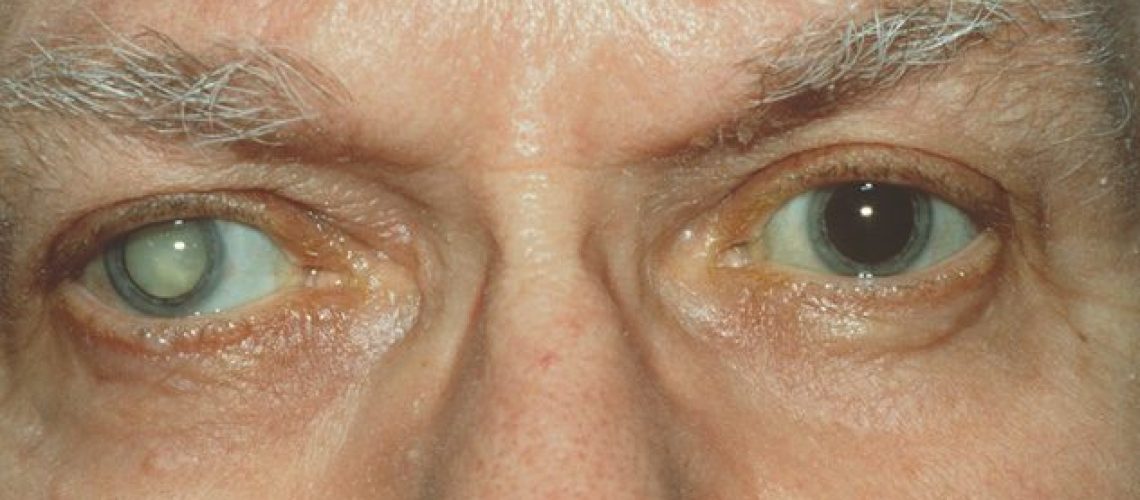June is Cataract Awareness Month. According to a report from Prevent Blindness, 22.3 million Americans have cataracts. More than half of older adults will experience a cataract in their lifetime. What do you know about cataracts, and how does this condition affect senior health?
What are Cataracts
According to the National Institutes of Health’s National Eye Institute, “A cataract is a clouding of the lens in the eye that affects vision.” A cataract affects the eye’s ability to receive light and also the eye’s ability to focus. Those with cataracts may find that their ability to focus, see light, and see colors is diminished.
Cataracts Affect More Than Senior Citizens
While most of those affected by cataracts are aged 40 and older, cataracts can actually occur in young adults and children. The condition is rare among those under the age of 40, but it can happen, particularly if there is an injury or infection affecting the eyes. Senior citizens are still the most likely demographic to experience cataracts, and untreated cataracts can diminish quality of life significantly or even lead to blindness. Cataracts may also place a person’s overall health at risk if the cataract is caused by an infection or injury that is left untreated.
Four Different Types
There are four different types of cataracts. These are:
- Age-related
- Congenital
- Traumatic
- Secondary
The majority of cataracts fall into the first category, age-related. Congenital cataracts are those present from birth due to a genetic predisposition or an infection or inflammation during pregnancy. Traumatic cataracts are caused by some kind of physical impact to the eye, intense heat, or a chemical burn. Finally, secondary cataracts are caused by certain medications, infections, or diseases such as diabetes.
Treatments for Cataracts
The only proven treatment for cataracts currently available is surgery. A surgical process is required to remove the clouded lens—it cannot be corrected by a laser or eye drops. A laser may be used after the clouded lens has been removed to treat a cloudy membrane, but this is not the same as treating the cataract itself. The surgery isn’t dangerous, and is one of the most common surgeries performed. According to the Prevent Blindness organization, 95 percent of cataract surgeries are successful, and fewer than 5 percent of patients experience complications from the surgery.
Warning Signs and Risk Factors
Risk factors for developing cataracts include eye injuries or diseases, diabetes, severe myopia, inflammation in the eye, smoking, and long-term exposure to UV rays from the sun or intense heat. You may want to see an ophthalmologist about your eyesight if you experience blurriness that doesn’t go away, double vision, difficulty reading even with adequate light, or frequent eyeglass prescription changes that don’t seem to help.
Additional Reading
Prevent Blindness: http://www.preventblindness.org/cataract
National Eye Institute, NIH: https://nei.nih.gov/health/cataract

